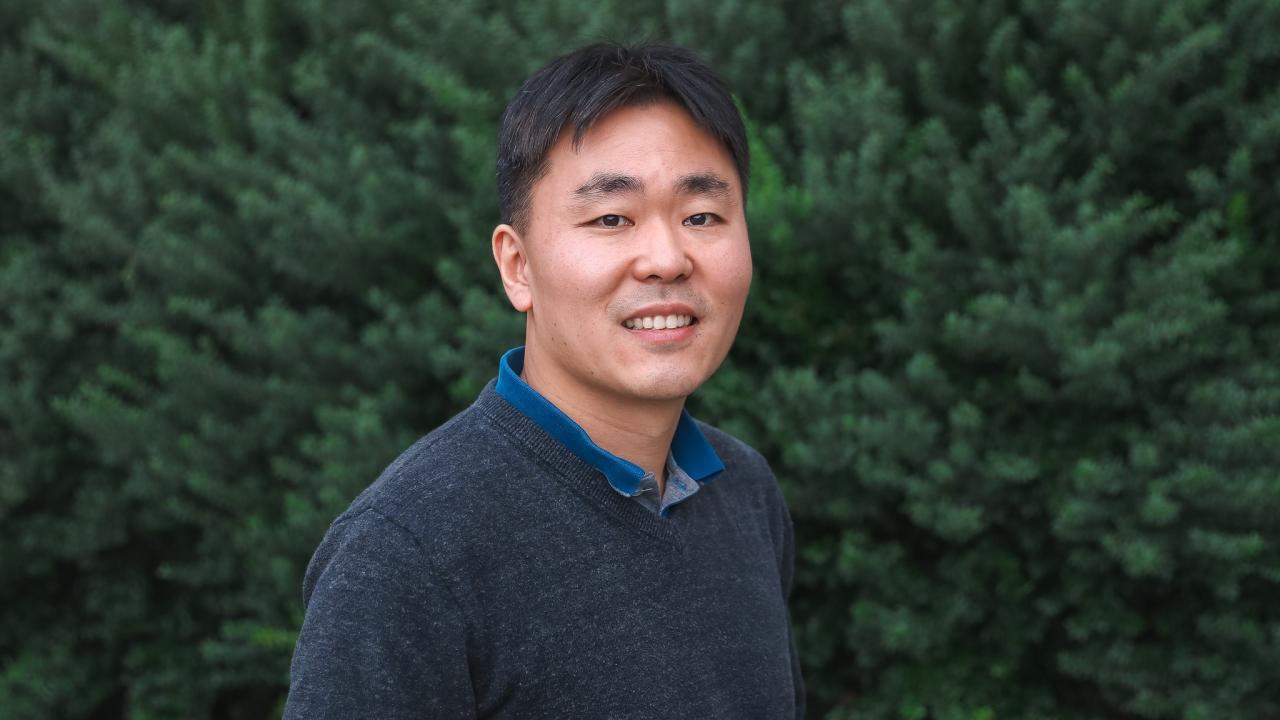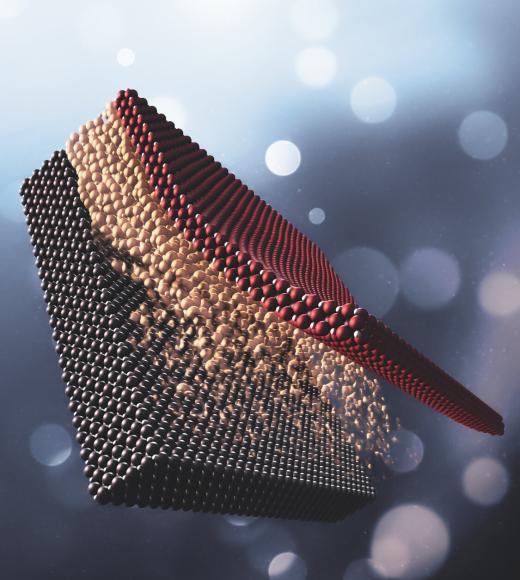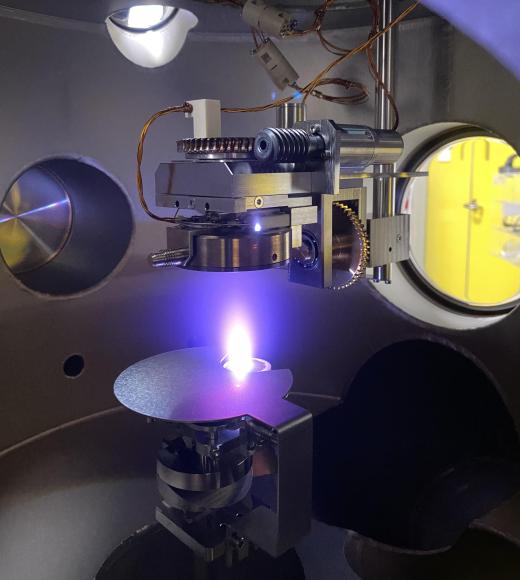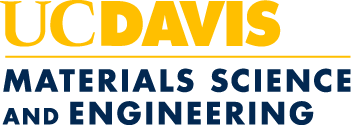
Seung Sae Hong Receives NSF CAREER Award
Materials Science and Engineering Assistant Professor Seung Sae Hong recently received a prestigious National Science Foundation Faculty Early Career Development (NSF CAREER) Award. The CAREER award is the agency’s highest honor for young faculty. It recognizes those with the potential to be leaders in their fields and funds five-year research and education projects that should serve as the foundation for their careers.
Hong joins his colleagues Roopali Kukreja and Scott McCormack and a growing list of 18 other UC Davis faculty who have received CAREER awards in the past two years.
“Getting my first federal grant means that my idea was validated by the scientific community and it gave me more confidence this topic is worth pursuing,” said Hong. “With a five-year grant, I can also think more on a longer-term scale and try to build my research program.”
Stacking Membranes
Hong’s research focuses on designing materials with properties that don’t exist in nature. Traditionally, this is done by growing thin films of different materials on top of each other and studying the properties that emerge at the interface. However, this doesn’t work for all materials. Some aren’t stable at the same temperatures, others have incompatible lattice structures and other materials simply don’t like being next to one another.

With his project, “Van der Waals heterostructures of magnetic oxide membranes,” Hong proposes a solution by creating free-standing membranes that can be stacked, not grown, on top of each other.
To do this, he grows a thin film on top of a “sacrificial” layer and dissolves the thin film into a membrane in water. He then repeats this process with another material and stacks the second membrane on top like a Lego brick. This process allows two dissimilar materials to be stably interfaced and opens the door for new discoveries.
“The beauty of mechanical stacking is that you don’t have to worry about any bottlenecks in the thin film process,” he said. “Everything happens at room temperature and there is no compatibility issue because you’re not growing and crystallizing materials. You can simply select whatever materials you have and stack them together.”
To start, the lab will focus on metal oxides. These materials are stable, exhibit a huge range of electronic and magnetic properties and their surface can be easily cleaned in an oxygen-rich environment—all of which makes them easy to work with. Because they contain oxygen, metal oxides will be critical for energy catalysts, and Hong thinks they can also be the building blocks of next-generation information processing and computer memory devices.
Once they refine the stacking process and ensure the membrane surfaces are clean, Hong and his group will see what they can create. In particular, they plan to look at electron spin in the stacked structure. The two membranes have different spins and how they “talk” to one another will be key to understanding how to create robust and usable magnetic structures.
“Those are very fundamental questions in oxide materials, but no one has had a chance to answer them because this is a somewhat new approach,” he said.
Inspiring the Next Generation

Hong also plans to leverage UC Davis’ and the Sacramento region’s historically diverse population to introduce more people to materials science, especially materials physics and quantum properties of materials, and inspire the next generation.
“Being an Aggie is very crucial to this education plan because we have a strong legacy in terms of the underrepresented minorities within the institution,” he said. “If you can help [students] visualize their future as a materials scientist or a condensed matter physicist, you can inspire them to be the next generation.”
Hong received his B.S. in physics at Seoul National University and his Ph.D. in applied physics at Stanford. He continued at Stanford as a postdoctoral researcher before joining UC Davis in 2019.
